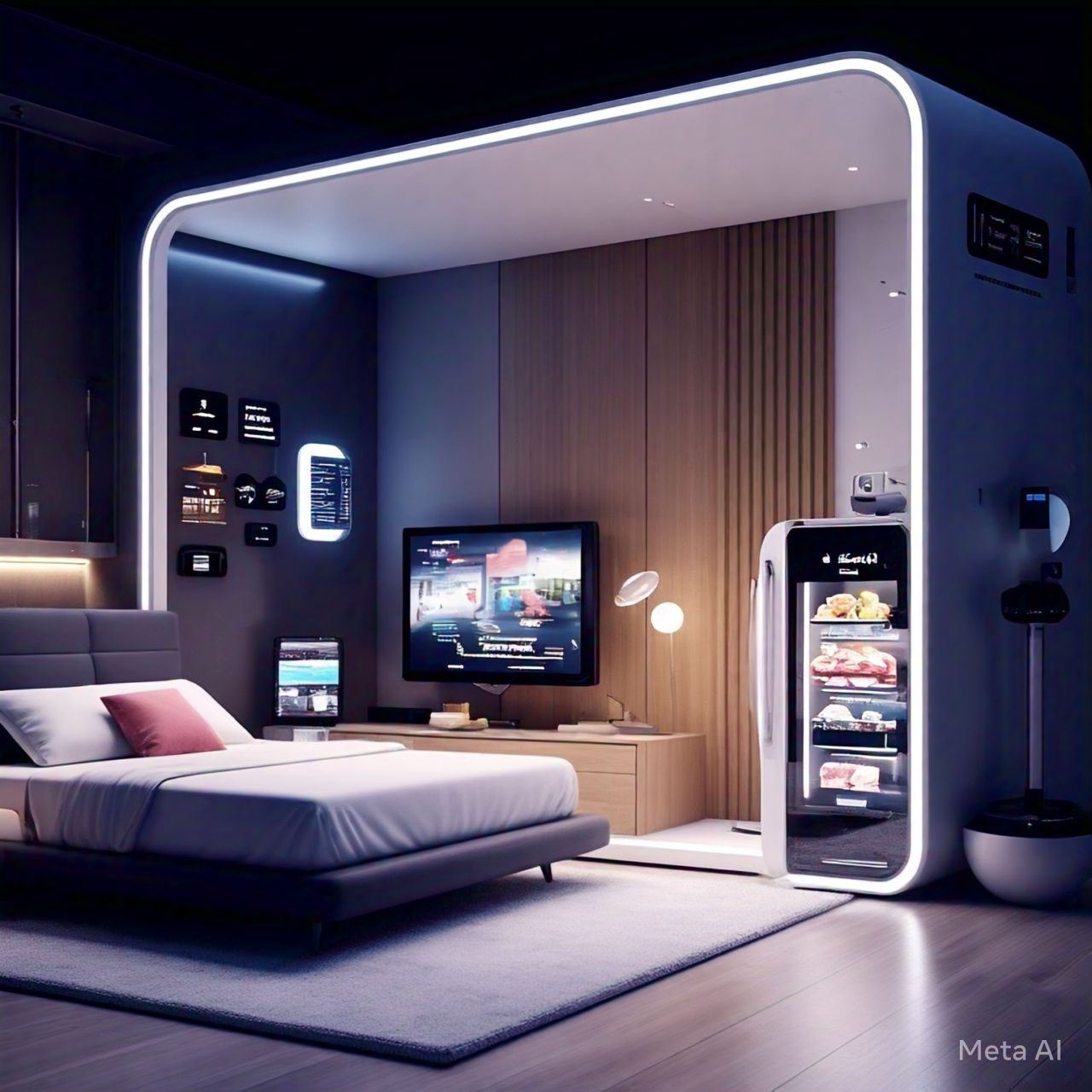Introduction
Consider living in a home that is pre-programmed to offer you all that you need as a person and simplify life processes. This is not science fiction anymore; this is what the Internet of Things, or IoT, is. Things are getting smarter by having IoT technology integrate the internet into everyday items so that they can talk to one another and function.
Thus, this article will focus on a more detailed description of how IoT technology is improving homes.
What is IoT?
In the simplest of terms, the Internet of Things can be described as the combination of devices that are connected to a network to enable them to gather and share information.
These include smart thermostats, lights, security cameras, and appliances that have been highlighted to have sensors and software that allow them to connect to the internet and other devices. This connectivity makes it possible to control, automate, and monitor your home and make it a smarter home with a better response system.
How IoT is Making Homes Smarter
Home Automation:
- Smart Home Hubs: These are control devices that integrate your smart home, such as Amazon Echo (Alexa) and Google Home. They include switching on/off lights, controlling the heating and cooling process of HVAC systems, managing sound systems, and ordering groceries.
- Smart Lighting: You can also operate your lights using your smartphone or even through voice prompt command. Lights can be set to come on at a particular time or switch off at certain times in the day based on a given program or blend in the right level of brightness for a particular space.
- Smart Thermostats: Let your thermostat set the temperature to change according to the time of day or even adapt to your routines. You can also regulate the temperature from your smartphone, so the house is warm or cool when you get home.
- Smart Locks: Unlock your doors remotely from the comfort of your smartphone or even let the guests in temporarily. Get alerts on peoples’ movements such as when they arrive home or when they leave for work among others.
- Smart Security Systems: Monitor your home using security cameras with remote video surveillance. Receive notifications when there is activity in or around the building, and deter potential criminals.
Home Comfort and Convenience:
- Smart Appliances: You can manage a wide range of devices and even switch on your washer or oven before you get back home.
- Smart Speakers: These allow for music playback, weather check, reminder setting, and variation control of other smart home devices, among other things.
- Smart Blinds and Curtains: You can control your blinds or curtains automatically depending on the time or amount of light coming in.
- Robot Vacuums: Choose the automatic robot vacuum cleaner on how frequently or at what time of the day, your floors should be cleaned.
Energy Efficiency:
- Smart Plugs: Keep track of energy usage of the gadgets that you use at home or in your workplace. Switching the electrical appliances once done with them will help in cutting down on the energy bills.
- Smart Meters: Keep an eye on the energy you use in real time and monitor if your energy is wasteful.
Benefits of IoT in the Home
- Increased Comfort and Convenience: We can mention that with IoT devices, our daily activities become more convenient and fun.
- Enhanced Security: Smart home security systems give people confidence and shield their homes against invaders.
- Improved Energy Efficiency: Energy management has two benefits: one is financial, as you cut down on your energy costs, and the other is economical, as you are being friendly to the environment.
- Greater Accessibility: The Internet of Things assists people with disabilities in making their homes more comfortable.
- Remote Control: Manage your home and utilities as if you were a wizard with your smartphone or any other device.
Choosing the Right IoT Devices

- Consider your needs and budget: Decide what particular devices will suit you and this should be according to the available budget.
- Look for compatibility: Always verify if the devices of your choice will interconnect well with other devices and your smart home setup.
- Read reviews: It is recommended to study various devices and also to read the experiences of other people who use the devices.
- Start small: Begin with a few staple devices and add smart home devices as you see the need.
The Future of IoT in the Home
The given images make it clear that the future of IoT in the home is bright. Currently, technology is rapidly advancing, incorporating many devices; thus, there is much more to be made in the future.
- Predictive Maintenance: For example, electrical appliances will be able to detect defects and deterioration hence unable to cause a problem which will in turn make it cheaper to maintain.
- Personalized Experiences: Smart devices of the connected home will adapt to your needs and adjust the environment in your house.
- Increased Integration: Various systems in different ecosystems will be more compatible ensuring flexibility and getting adapted to fit.
Conclusion
IoT technology is changing our societies as homes are becoming intelligent, easy, and efficient to manage. Thus, adopting them makes a living environment comfortable, secure, and enjoyable. This can give homeowners a headache, which is why though the first cost of setting up IoT at home may feel expensive, it has many benefits in the long run.


















